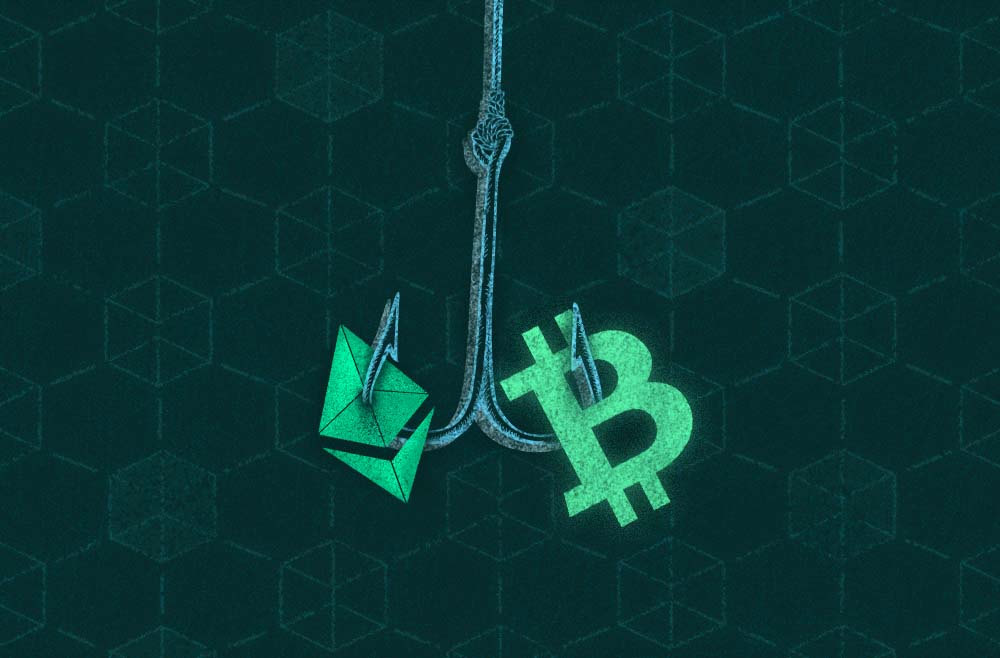Bitcoin’s dominance rate, its share of the crypto market, has risen to the highest in almost two years, while ether’s stagnates.
Ethereum’s highly anticipated Shanghai upgrade, also called the Shanghai-Capella hard fork, is set to occur Wednesday, after which users will have access to the $31 billion worth of ether (ETH) staked in the blockchain since December 2020.
The upgrade has been widely hailed as long-term bullish for Ethereum’s native token. Still, bitcoin (BTC), not ether, is outperforming the broader crypto market and becoming more dominant as the upgrade approaches.
Bitcoin’s dominance rate, which measures the largest cryptocurrency’s share of total market valuation, rose to 48.5% early Tuesday, the highest since July 2021, according to data tracked by charting platform TradingView. The metric has risen by 15% this year.
Ether’s dominance rate remains stagnant between 19% and 20%. That compares with a rise to 21% from 14% in the weeks before September’s pivotal upgrade known as the Merge. That technological overhaul replaced Ethereum’s at-the-time energy-intensive proof-of-work mechanism of verifying transactions with a proof-of-stake system and set the stage for Shanghai. Staking involves depositing coins in the blockchain to boost the network’s security and verify transactions in return for rewards.
Investor caution in pricing ether ahead of Shanghai stems from several factors, including concerns tokens unlocked after the upgrade will flood the market, and regulatory issues.
“The Shanghai upgrade will unlock over 18 million ether staked since late 2020. The market is worried that the unlocking may bring about a sell-off, causing uncertainty in the market,” Griffin Ardern, a volatility trader at crypto asset management firm Blofin.
While the upgrade will unlock over 18 million ETH, only partial withdrawals of 1.1 million ETH – the coins earned as staking rewards – will be withdrawable immediately.
Analysts have recently said that the partial withdrawals will take several days to process and the resulting selling pressure is unlikely to be significant.
“If all partial withdrawals are attempted just after the Shapella fork (which seems highly improbable), it would take around four and a half days for these ETH profits to enter the market,” Lucas Outumuro, head of research at IntoTheBlock, said in a note published Friday.
According to Outumuro, full withdrawals representing most of the ETH staked will take longer.
“It would take approximately 100 days for one-third of validators to exit if they all attempt to exit simultaneously, translating into $80-$100M worth of ETH being withdrawn per day. This would make up about 1% of ETH’s daily trading volume, though it is unlikely that all withdrawals will be sold,” Outumuro noted.
The market, however, is not convinced, as evident from ether’s underperformance relative to bitcoin and ether put options, or bearish bets, drawing higher prices than call options.
Regulatory concerns are probably also weighing on investors. In February, the U.S. Securities and Exchange Commission (SEC) alleged that Ethereum staking services offered by centralized exchanges amount to selling unregistered securities in the U.S.
“ETH faces relatively higher regulatory risks. The SEC has repeatedly stated that ETH is a security rather than a commodity, which differs from the CFTC’s opinion and means additional risk, so investors understandably prefer BTC,” Ardern said. The CFTC is the agency governing the futures market.
Lastly, recent banking sector instability in the U.S. and the resulting sharp repricing of interest-rate expectations lower worldwide has benefited bitcoin. The cryptocurrency has evolved as a macro asset in the past three years and has a history of drawing haven bids during banking crises.
“BTC got the store-of-value narrative back after multiple U.S. banks failed in mid-March. Since then, BTC’s dominance rate has been rising,” Dubai-based crypto analyst and trader Reetika Malik said. Dominance rate is now at a “multiyear resistance” that has capped the upside in the past, meaning ether and other coins could soon outshine bitcoin, per Malik.
“By being concerned, the market is actually ‘pricing in’ already any selling pressure that we are likely to get from the Shanghai hard fork and the upgrade could actually become a ‘buy the news’ event,” Malik said. “BTC dominance chart is at a multiyear resistance as well as we speak. All the stars are aligning for a rotation into ETH.”
